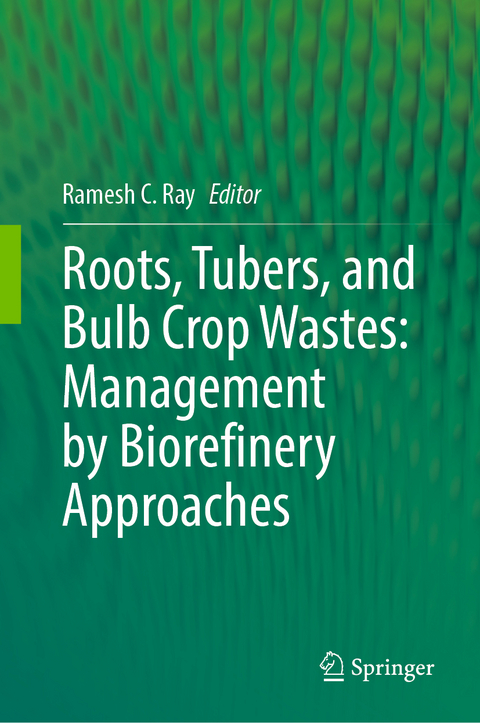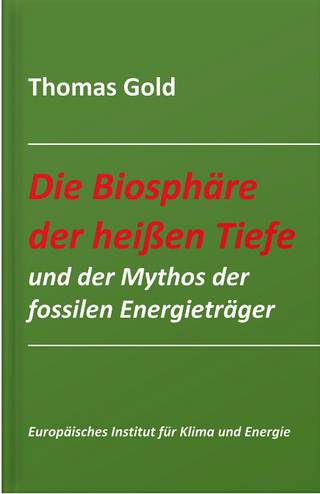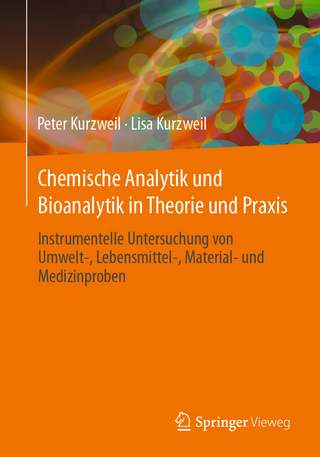
Roots, Tubers, and Bulb Crop Wastes: Management by Biorefinery Approaches
Springer Verlag, Singapore
978-981-99-8265-3 (ISBN)
The non-edible portion of roots, tubers, and bulb crops, after processing (waste), such as peels, skins, pulps, rejects, and unmarketable tubers, account for about 20–40% of the total weight of the fresh produce. Tropical tuber crops such as cassava, yams, aroids, and sweet potato generate bagasse, the byproduct of the starch processing industry, which contains about 30–50% starch and fibrous materials on a dry weight basis. Similarly, the husk is the leading waste from onion and garlic processing. The amount of waste and byproducts of potato industry is estimated to be around 12–20% of their total production. These wastes pose increasing disposal and potentially severe pollution problems and represent a loss of valuable biomass and nutrients. Roots, tubers, and bulb wastes usually have a composition of sugar, starch, proteins, phenolic phytochemicals, fibers, and minerals. Therefore, they should not be considered as “wastes” but raw materials for other industrial processes in the biorefinery approach. These wastes provide conditions amenable for the growth of microorganisms and opens up great opportunities for their reuse in fermentation processes to develop value-added bioproducts such as enzymes, single-cell proteins, bio-absorbents, phenolic bioactive compounds, aroma and flavor compounds, organic acids, and biofuels. This book fills the gap in literature about the processes and by-products. The book is composed of 16- chapters deep diving into valorization and bioprocessing of a range of tuber crop waste. The book explores these processes in 11 different crops and highlights the life cycle assessment as well as highlightsthe opportunities about commercialization of technologies used in bioprocessing and bio-valorization of root crop waste.
The processes explained in the book are rooted in the principles of circular economy. This book is of interest to teachers, researchers, environmentalists, bio-based industrialist, and policymakers.
Dr. Ramesh C. Ray is an agriculture and food microbiologist, author, and editor. He is a former principal scientist (Microbiology) and head of the ICAR–Central Tuber Crops Research Institute (Regional Centre), Bhubaneswar, India. He has more than 40 years of research experience in agriculture, food, and industrial microbiology; published 140 research and review papers in national and international journals, as well as 70 books chapters; edited/co-edited 24 books published by leading publishers like Springer, CRC, and Elsevier; co-authored three books; and received more than 7500 citations. He was a visiting professor/scientist at several universities and research institutes in the USA, Brazil, France, Bangladesh, Indonesia, and Vietnam, and consultant to International Potato Center (Lima, Peru) on sweet potatoes. He is a distinguished Fellow of the prestigious National Academy of Agricultural Sciences and National Academy of Biological Sciences, India.
Chapter 1 Roots, tubers, and bulb crops wastes: residue utilization for industrial biotechnology.- Chapter 2 Biovalorization of potato peel waste: an overview.- Chapter 3 Potato peel enrichment in functional food and feed.- Chapter 4 Management of potato peel waste through biorefinery approaches.- Chaapter 5 Bioprocessing cassava bagasse. part i. bioproducts and biochemicals.- Chapter 6 Bioprocessing of Cassava Bagasse: Part II.Potential for Renewable Biofuels.- Chapter 7 Bio-Valorization of Sweet Potato Bagasse into Food Additives, Feeds, and Fuels.- Chapter 8 Yams and Aroid Crop Waste: Bio Valorization into Bioproducts and Platform Chemicals.- Chapter 9 Valorization of Carrot and Turnip Processing Wastes and By-Products.- Chapter 10 Sugar Beet Waste as Substrate for Microbial Production of Food Ingredients.- Chapter 11 Valorization of Beetroot Waste for Extraction of Natural Dye for Textile and Food Applications.- Chapter 12 Valorization of Jerusalem Artichoke and its Crop Residues Using Green Technologies.- Chapter 13 Onion Solid Waste as A Potential Source of Functional Food Ingredients.- Chapter 14 Biovalorization of Garlic Waste to Produce High-Added Value Products.- Chapter 15 - Life cycle assessment of valorization of root and tuber crop wastes for bio-commodities and biofuels- Cassava as a case study.- Chapter 16 Prospective for Biorefineries Development from Roots, Tubers, and Bulb Crop Wastes and Byproducts—Value Addition and Circular Economy.
| Erscheinungsdatum | 22.03.2024 |
|---|---|
| Zusatzinfo | 1 Illustrations, black and white; IX, 374 p. 1 illus. |
| Verlagsort | Singapore |
| Sprache | englisch |
| Maße | 155 x 235 mm |
| Themenwelt | Naturwissenschaften ► Biologie ► Biochemie |
| Naturwissenschaften ► Biologie ► Mikrobiologie / Immunologie | |
| Technik ► Umwelttechnik / Biotechnologie | |
| Weitere Fachgebiete ► Land- / Forstwirtschaft / Fischerei | |
| Schlagworte | Biorefinery • Bio-valorization • Food Ingredients • Life Cycle Analysis • Root, tuber and bulb wastes |
| ISBN-10 | 981-99-8265-0 / 9819982650 |
| ISBN-13 | 978-981-99-8265-3 / 9789819982653 |
| Zustand | Neuware |
| Haben Sie eine Frage zum Produkt? |
aus dem Bereich


